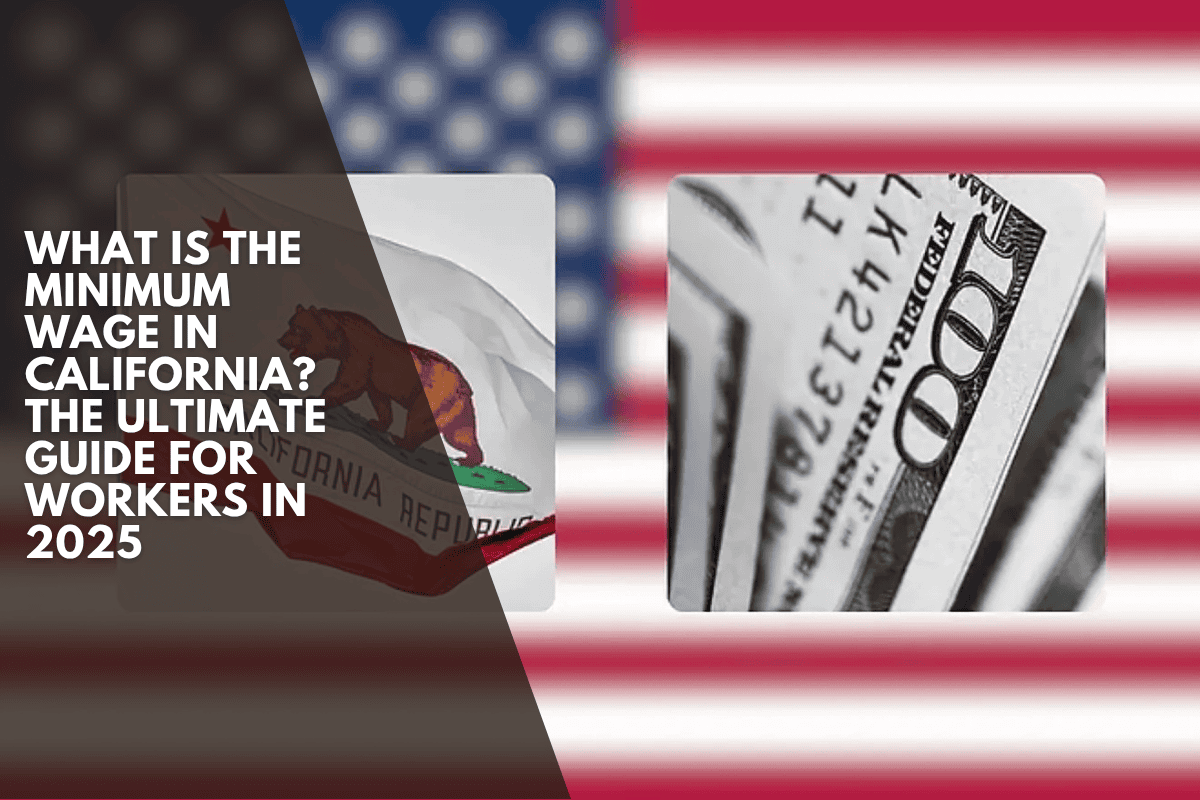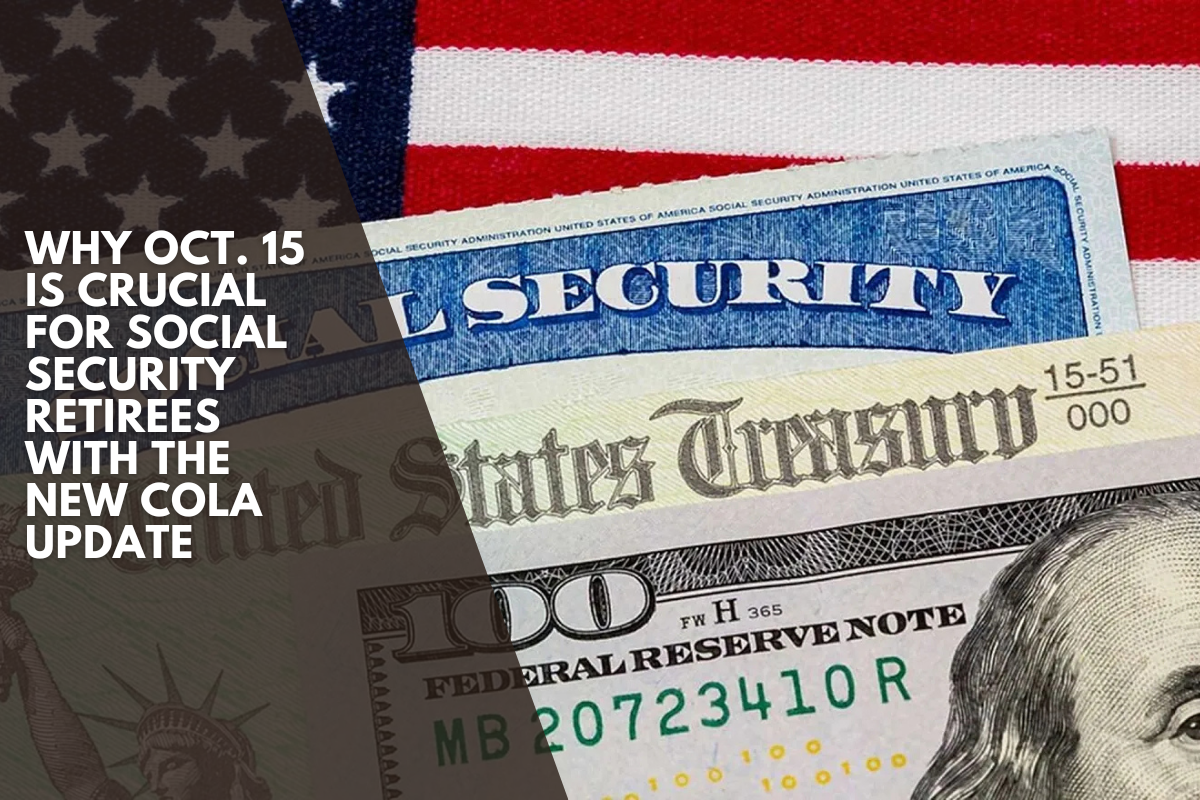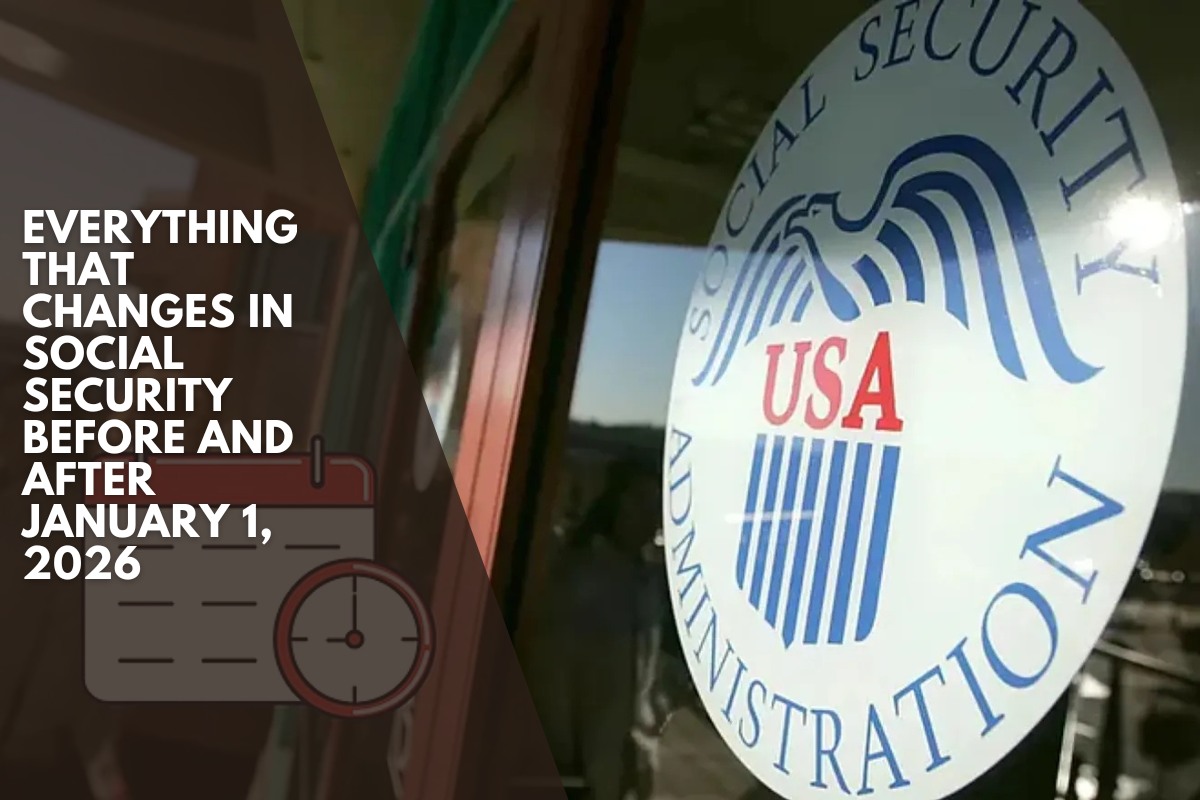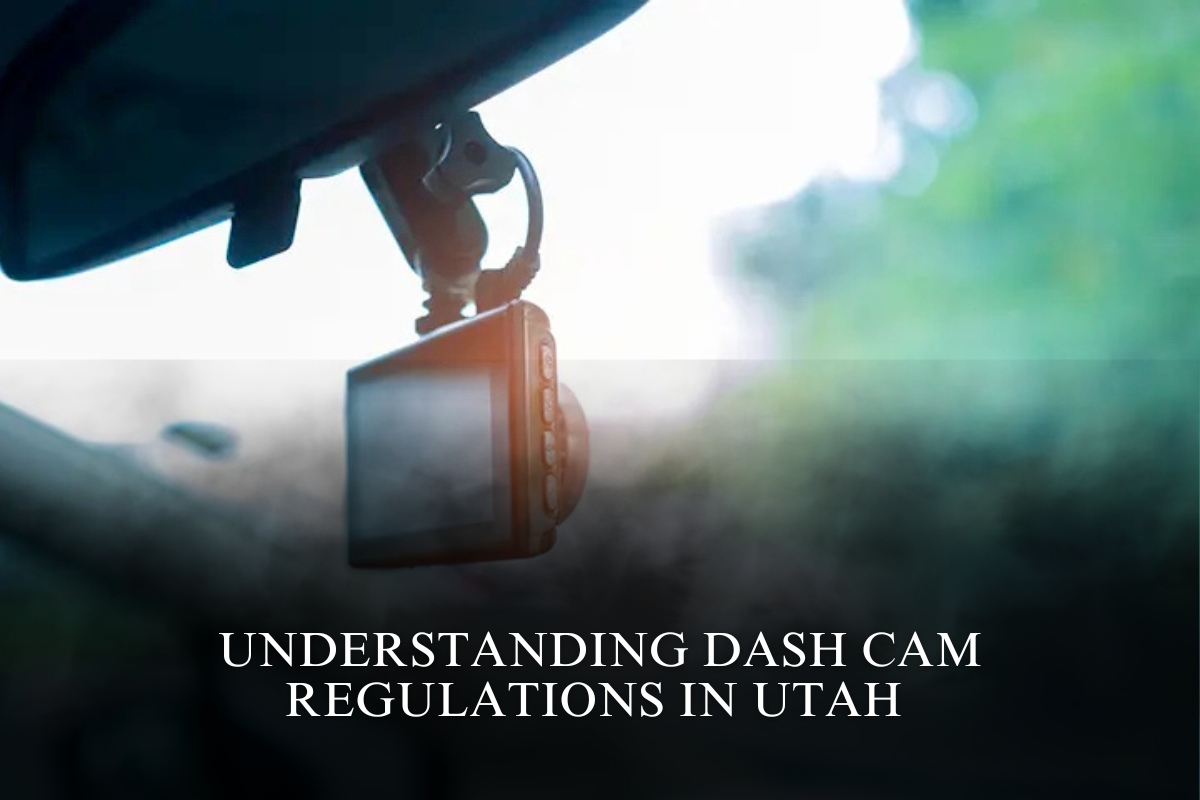If you live or work in California, you should understand how the minimum wage has changed in 2025. As of January 1, 2025, the state set a cap of $16.50 per hour, but many cities have increased it to nearly $20.
According to the California Department of Industrial Relations, the minimum wage for all employers, large and small, will be $16.50 per hour beginning January 1, 2025. This translates to a minimum annual income of about $34,320 for full-time employees.
If you qualify as an exempt worker, your salary must be at least twice the minimum (roughly $68,640 per year).
The US cities that will pay the most in 2025
Emeryville: $19.90.
Berkeley and San Francisco: $19.18.
Los Angeles: $17.87.
Milpitas: $18.20 dollars.
Pasadena: $18.04 dollars.
Santa Monica: $17.81.
West Hollywood: $20.2 dollars.
Why are these adjustments important for the minimum wage in the US?
Protection against the cost of living: California has a high cost of living, especially in housing. That’s why many localities adjust the minimum so that workers don’t lose purchasing power.
Labor and business equality: The law requires that the highest applicable wage be paid (a right known as “preemption”). Thus, if a city has a higher wage than the state, that is the one that prevails.
How to know how much you should be paid with the minimum wage increase
Check if your city has a local rate higher than the state rate.
Identify if your industry has special rules (restaurant, health, hospitality, etc.).
Compare with the state minimum wage ($16.50).
Always choose the highest amount that applies to you.
Check your payslip.
Your pay stubs should reflect that rate for each hour worked. If not, you could report it to the Labor Commissioner or the California Department of Labor.
California raised its state minimum wage to $16.50 in January 2025, and numerous cities such as Emryeville, San Francisco and Los Angeles offer even more.












